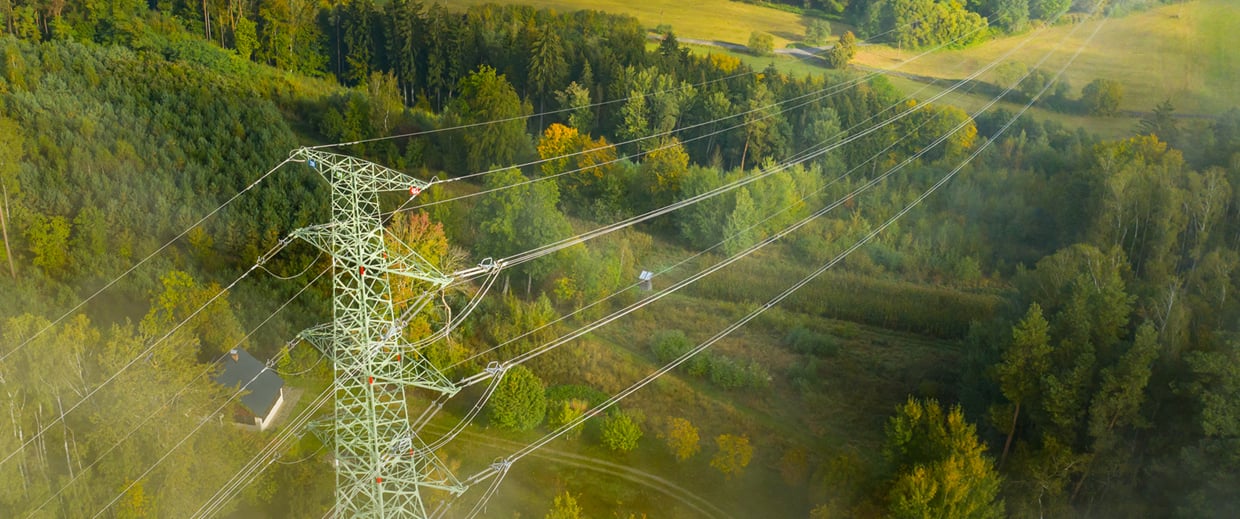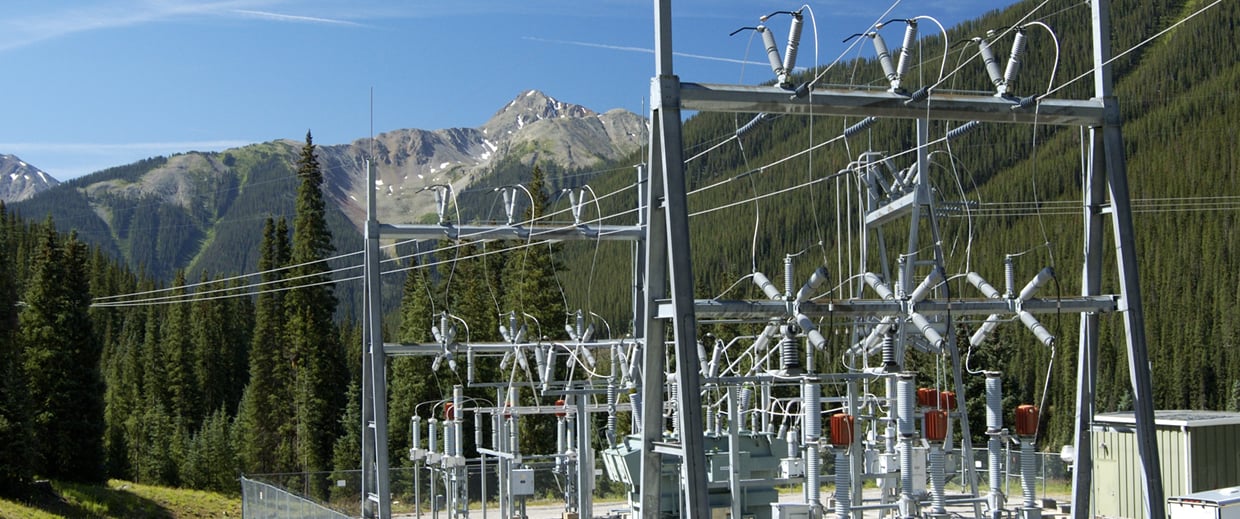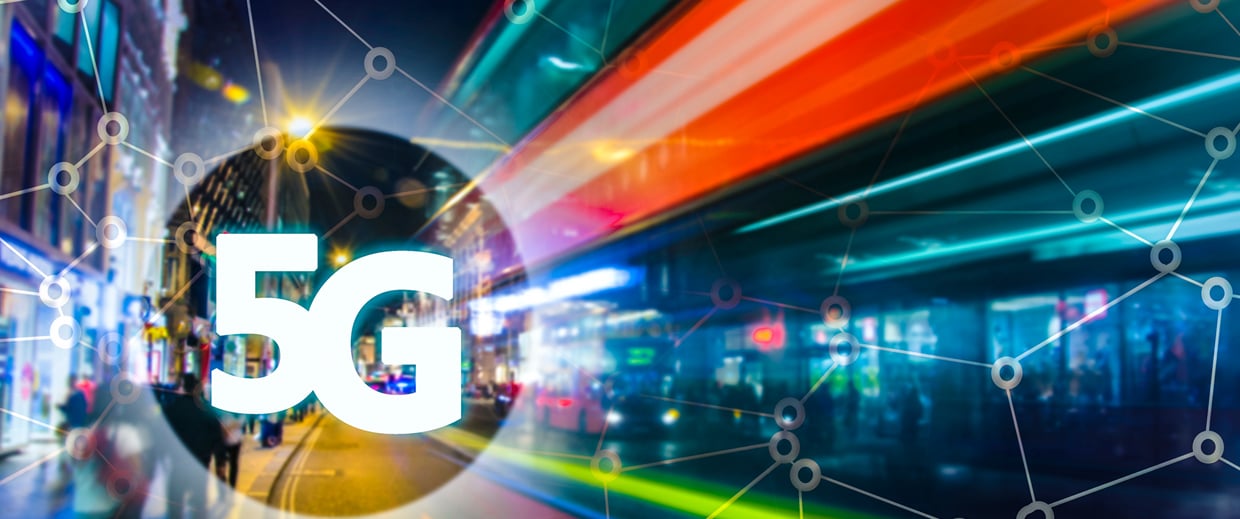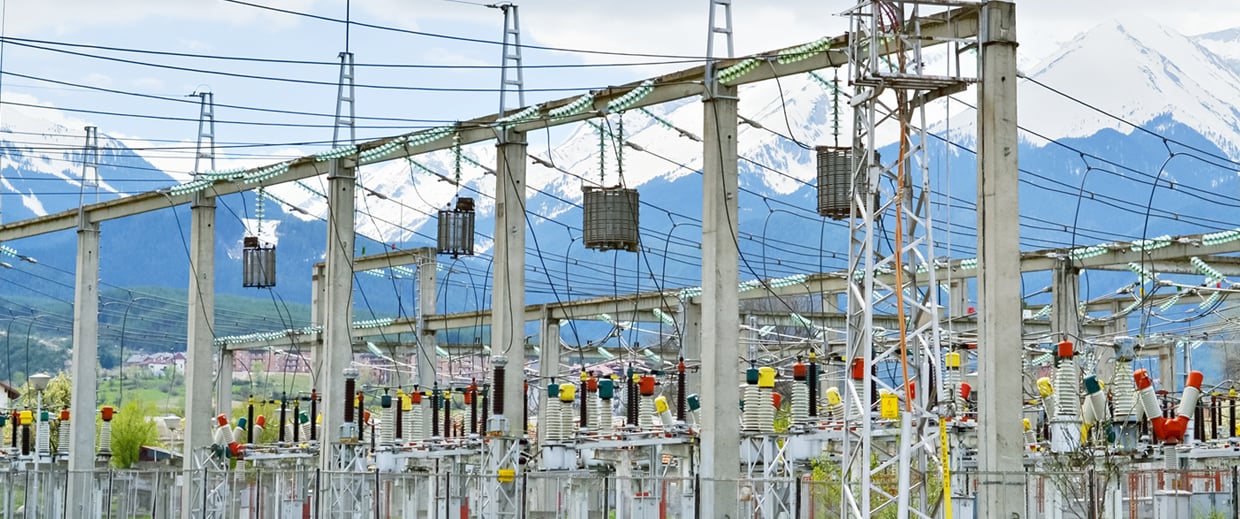Reliable IoT connectivity in enterprise campuses
The compact SecFlow-1p is a cost-effective IoT gateway for industrial IoT backhaul, as well as a LoRaWAN gateway that aggregates data from LoRaWAN sensors across wide areas. Housed in a ruggedized enclosure, SecFlow-1p allows secure connectivity over wireless or fiber networks for all types of industrial devices, including RTUs and smart meter aggregation devices.
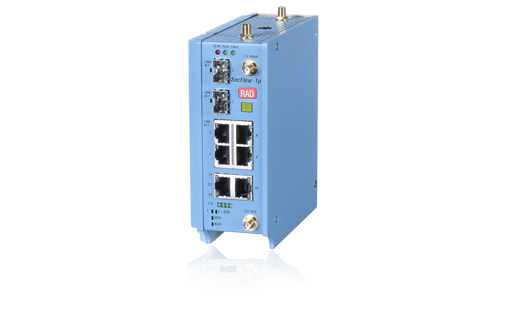
Product Highlights
Allows container hosting of virtual IoT functions
Via WiFi, WiFi Halow and LoRa
Support includes 450-MHz, 900MHz Anterix, and CBRS
Routing, switching and security functionalities
Capabilities include redundancy and SD-IoT
Meet industrial grade requirements
Secflow-1p Use Cases
 IoT Gateway for Private 4G/5G Networks
IoT Gateway for Private 4G/5G Networks
IoT Gateway for Private 4G/5G Networks
 Asset Management with Edge Computing
Asset Management with Edge Computing
Asset Management with Edge Computing
Easily deploy and manage IoT services with edge computing for real-time asset monitoring, enabling user-tailored applications, secure connectivity, and seamless communication over any network.
 Smart Grid and Substation Automation
Smart Grid and Substation Automation
Smart Substation and Grid Automation
Smart Grid and IoT solutions for DSOs, ensuring secure networking for secondary substations, metering and automation network integration
 Oil and Gas Communications
Oil and Gas Communications
Oil and Gas Communications
Comprehensive and secure communications for SCADA, and new generation IoT sensors and devices, enabling seamless automation for oil and gas utilities
 Smart City Communications
Smart City Communications
Smart City IoT Communications
Build connected, resilient smart city communication networks with RAD's WAN and asset monitoring technologies, ensuring efficient urban communications. Comprehensive communications solution for CCTV cameras, WiFi access points, sensors, payment kiosks, and more
Related Resources

Asset Monitoring for Water Utilities
Optimize Water Utilities Networks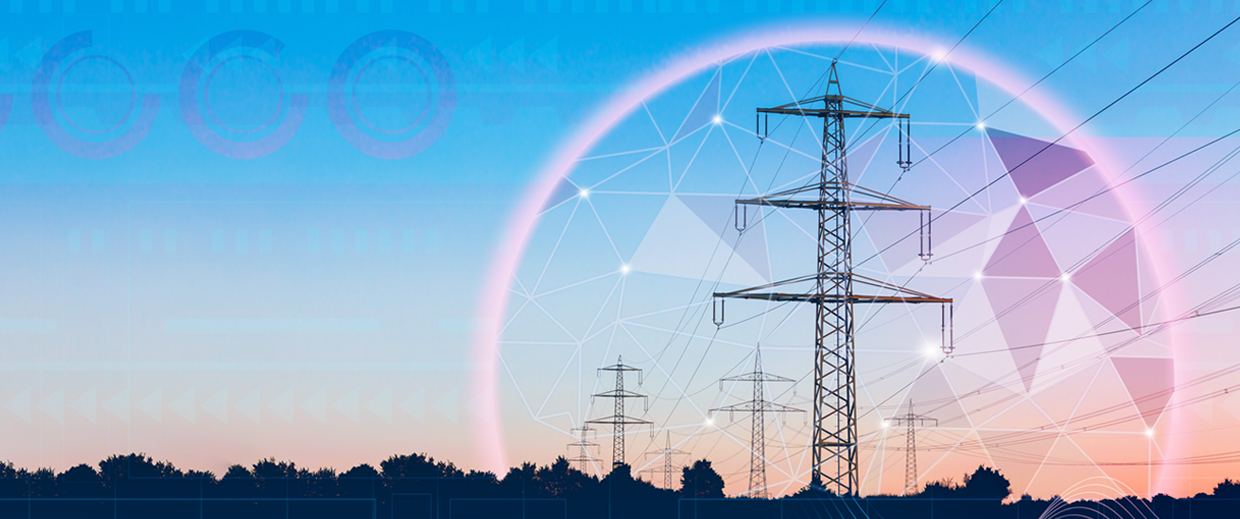
Cybersecurity Capabilities of SecFlow-1p for Utilities
This document provides a list of essential cybersecurity features supported by SecFlow-1p, tailored to the needs of utilities to protect critical infrastructure from emerging threats.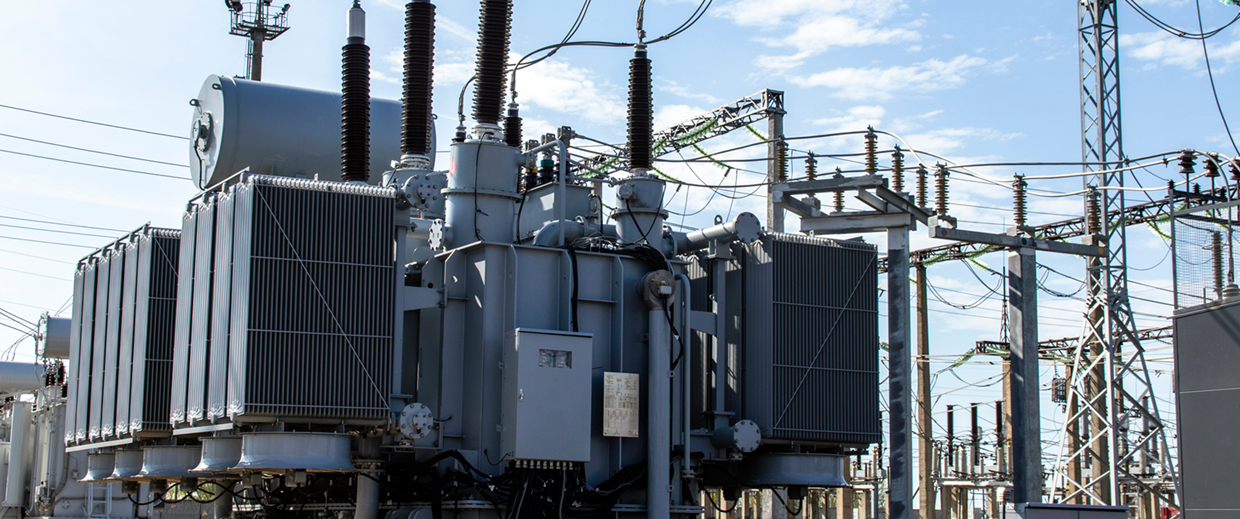
End-to-End Solution for Substation Communications and Backup Generators
SecFlow IoT gateways aggregate data from various sensors and systems to keep the power going.
IoT Communications over Starlink Satellite
Solution Brief: RAD’s Solution for Encrypted SCADA Backhaul over Satellite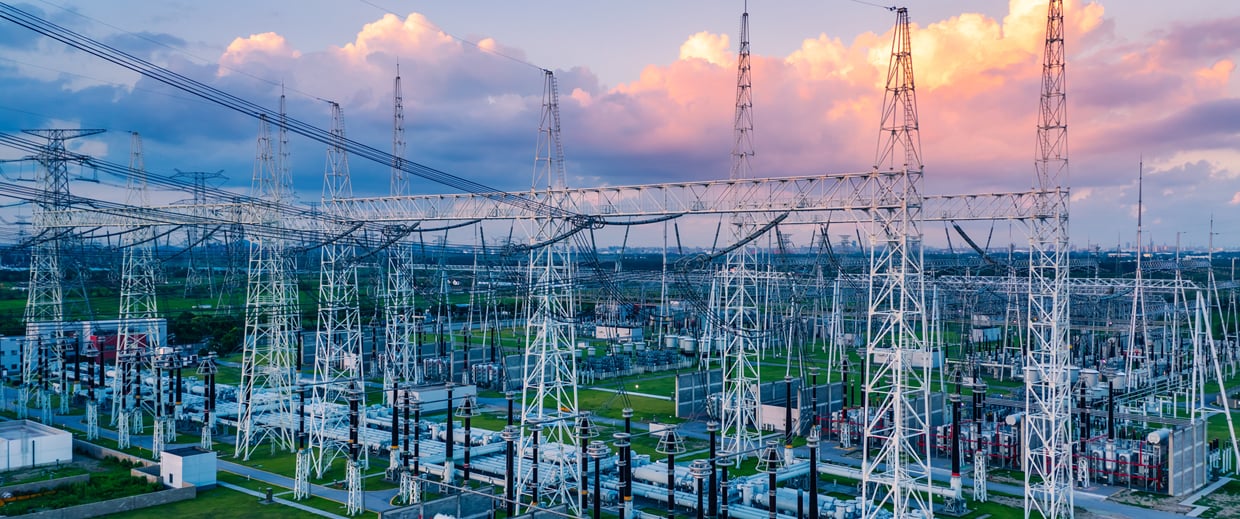
Next-Gen Smart Substation Connectivity
RAD's next-gen smart substation connectivity solutions enhance grid performance and security. Explore our reliable technologies for modern utilities.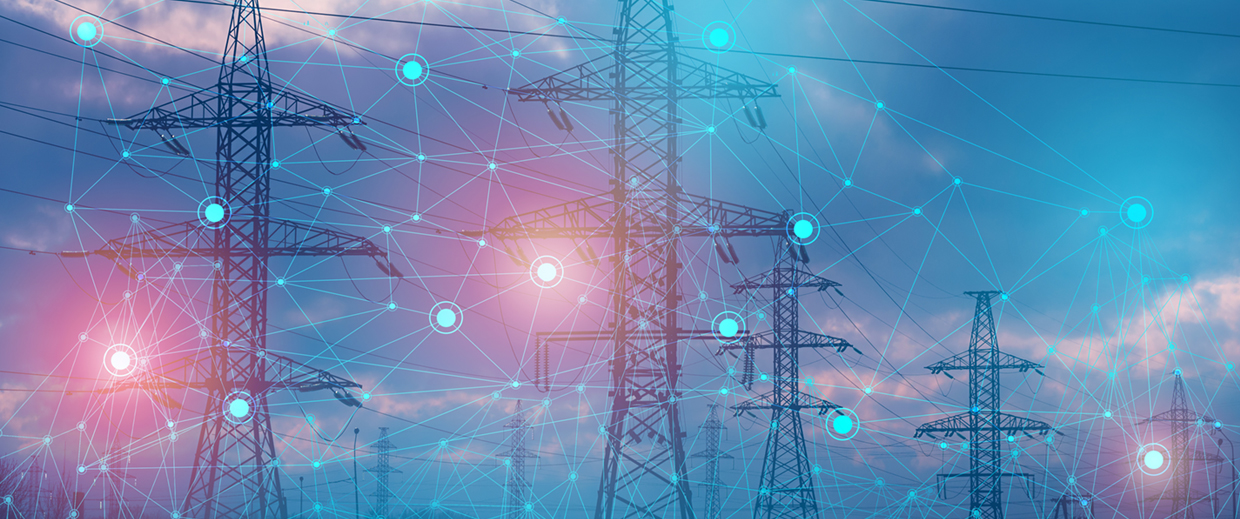
SD-IoT for Critical Communications
Secure overlay connectivity to ensure ultra resiliency in industrial campuses
Secure IoT SCADA Communications for Oil and Gas
Application brief on how to ensure remote asset monitoring and secure IoT SCADA communications for oil and gas installations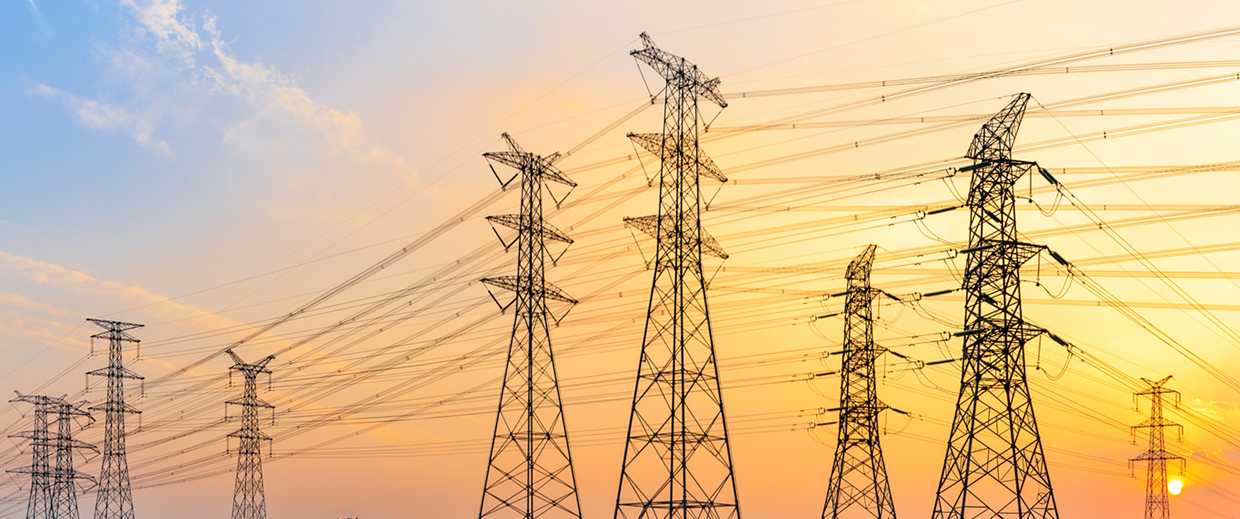
Asset Monitoring for Power Transmission Towers
Global Warming and Vandalism Risk Critical Power Transmission Assets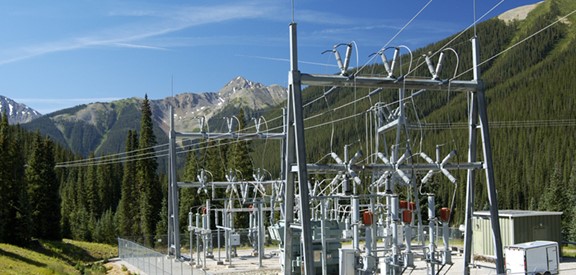
SCADA Substation Automation
RAD provides top-tier sub station automation solutions to bolster your SCADA system. Enhance control with next-gen reliable & secure connectivity.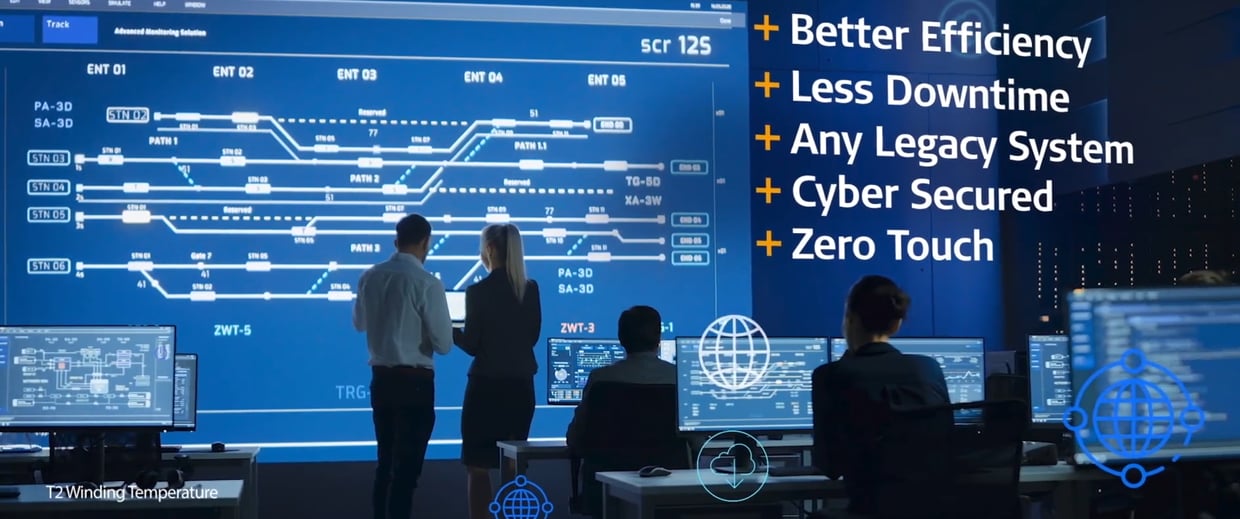
IoT Solution with Edge Computing
Looking for reliable IIoT solutions? RAD offers secure, scalable industrial IoT with integrated backhaul and edge computing. Explore more now!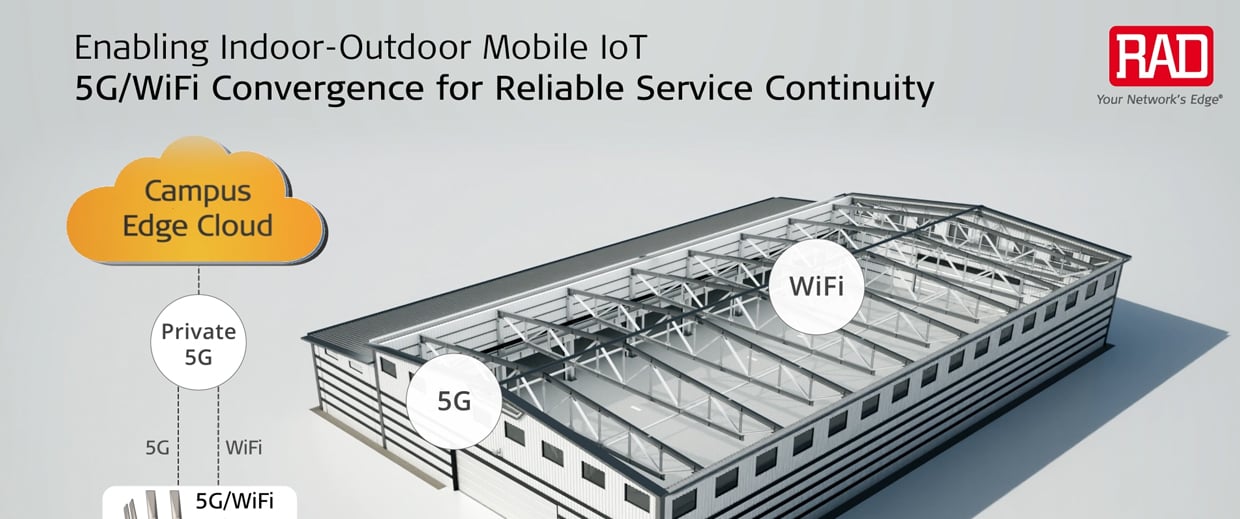
Enabling Seamless Service Continuity Across Private 5G and WiFi
Demo showing uninterrupted service within a private campus network with seamless traffic split between WiFi and 5G, traffic switchover to 5G due to WiFi cut-off and traffic switchback to multi-path WiFi and 5G
End-to-End IoT: Connectivity, Automation and AI-Powered Data Insights
Webinar
Software Defined IoT and Enhanced Connectivity in Private Campus Networks
The ultimate enabler for today’s industrial networksFrom Our Blog
SecFlow-1p IoT LoRaWAN Gateway

